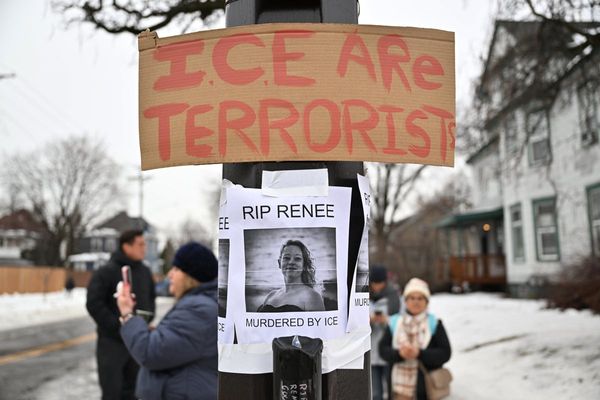
Primary schools in London face financial pressures to merge or even close because of dwindling numbers of pupils caused by a falling birthrate, Brexit and the Covid-era flight from cities, councils in the capital have warned.
A report by London Councils – the cross-party group representing local authorities around the capital – found that 29 of its 32 members are expecting a sharp fall in the numbers of children entering reception classes until 2026-27.
“London local authorities and schools are currently dealing with a significant and sustained period of reduction in demand for reception places, which has implications for school budgets and standards,” the report states.
The forecast is that the number of four- and five-year-olds starting in state primary schools will drop from 96,000 last September to 89,000 in 2026 – a fall of 7%.
Falling birthrates are said to be the main cause of the shrinking numbers. Between 2012 and 2021 there has been a 17% decrease in the city’s birthrate, accounting for 23,000 fewer babies.
But the report said there were “other key factors at play”, including the aftermath of Brexit and Covid.
“The boroughs have reported to us that they have experienced shifts in their local child population since the right of entry and freedom of movement has been withdrawn from EU nationals and as a result of families leaving London during the Covid-19 pandemic,” the report said.
Ian Edwards, London Councils executive member for children and young people, said: “Schools are having to make very difficult decisions about how to balance budgets as a result of this drop in school places and local authorities will support them through this process.”
The report wants government funding to keep pace with inflation to help schools manage swings in pupil numbers, and that councils be given powers over the number of pupils that academies can admit, as well as improving support so more children with special needs can attend mainstream schools.
Some losses have been counteracted by new housing developments or “high numbers of families arriving from overseas,” particularly from Hong Kong, Afghanistan and Ukraine. “However, this growth can be transient and hard to forecast in the long term,” the report said.
The drop comes after several years of stagnant or falling school rolls in inner London boroughs such as Islington and Camden.
But the report sees the reductions spreading to other boroughs, with Lambeth seeing a 15% drop in applications, followed by Hillingdon, Ealing and Enfield. Waltham Forest and Richmond are the only areas forecasting substantial growth to 2026.







